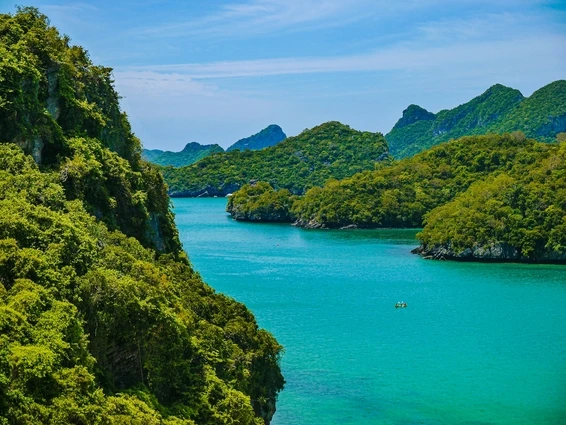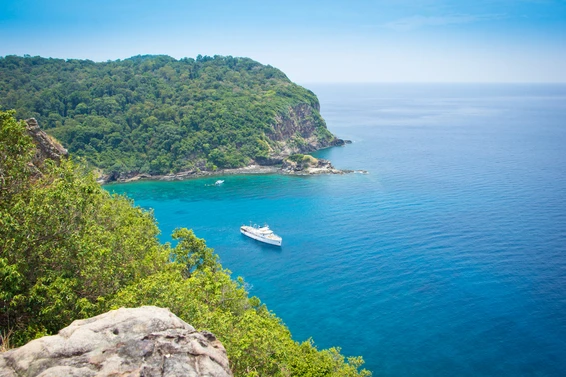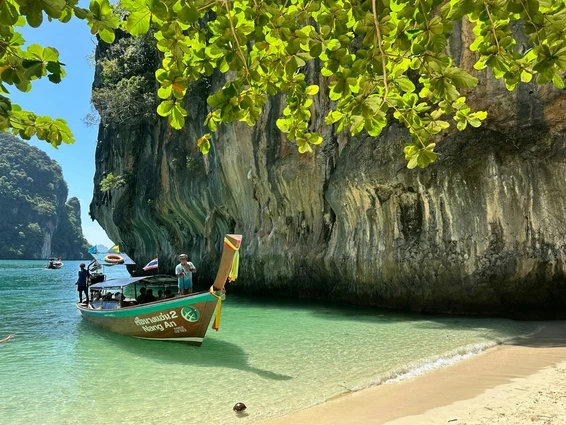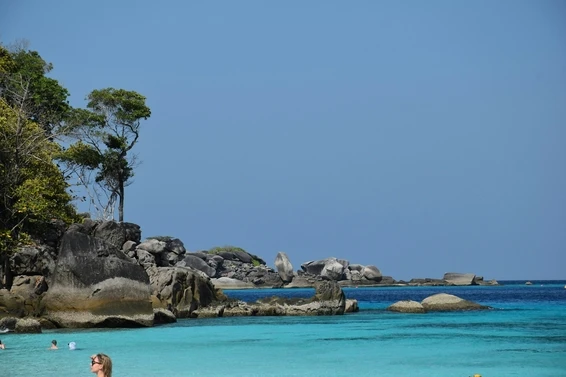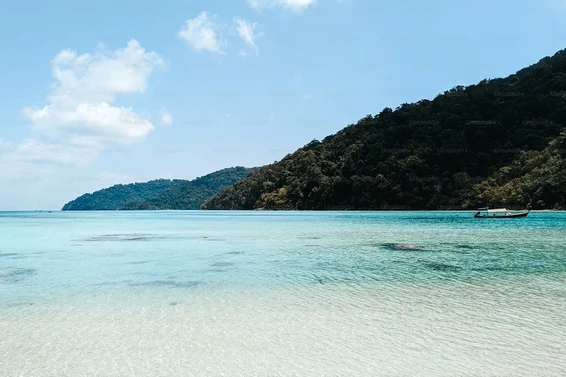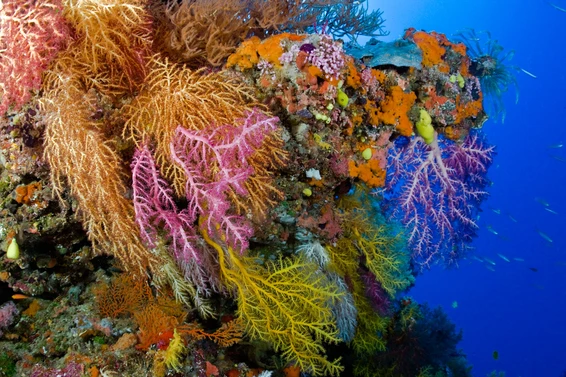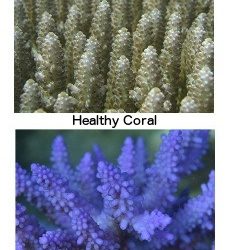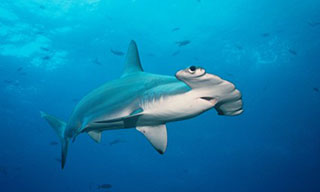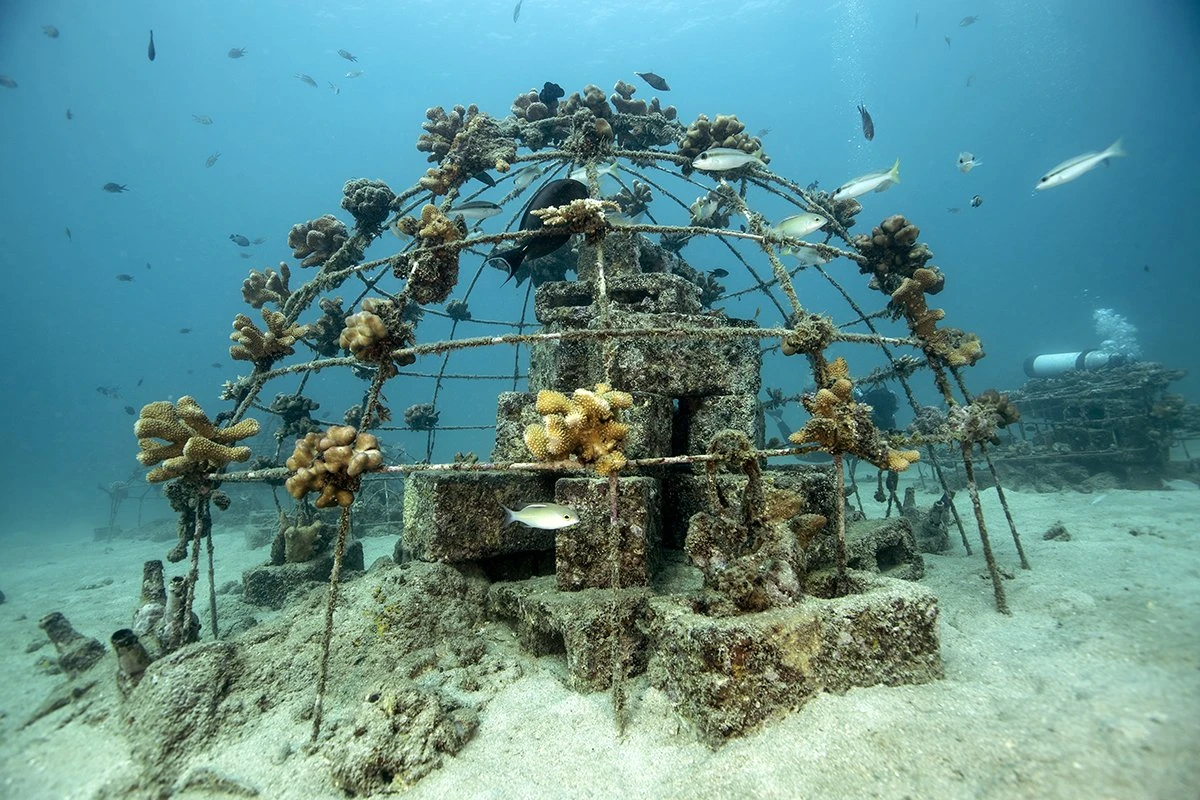Reefs and Parks
In the modern world, few marine locations offer healthy reefs without some form of organised protection. Like many of you, we are passionate about conserving these treasures for many future generations. When visiting marine parks, you are contributing to the well-being of the marine environment. We too visit and dive these destinations. In this section we highlight the good work that is being done to protect the marine environments in our recommended diving travel destinations.
Why are Coral Reefs Important?
Coral reefs are an essential element of the marine ecosystem and are under threat, primarily from climate change and unsustainable fishing methods. They support the web of underwater life and their destruction means disaster for populations of fish as well as the humans that depend on them. Insufficient food, the collapse of the lucrative tourist industry (increasing poverty) and land erosion are some of the consequences for local impacted human societies.
What Can be Done to Safeguard Coral Reefs?
Creating protected areas and national marine parks shows how local communities can get involved and benefit from preserving their marine resources. Governmental bodies need to be involved to ensure long-term planning and enforcement of protective policies. With strong government, NGO support and willing local participation, these areas really can flourish and provide sustainable, continuing returns for the oceans as well as local people.
The Benefits that Accrue from Marine Reserves
The creation of marine protected areas is bearing fruit. Reefs are recovering, alternative livelihoods are being forged by locals once involved in destructive fishing practices, and tourism income is being ensured on a longer term basis in dive destinations that seemed fated for a quick and permanent decline. Education of local populations and their children is creating more informed and in-touch coastal communities who understand and respect the fragility of their environment.
Recreational diving vacations can go hand-in-hand with conservation efforts. Scuba divers taking a vacation at these destinations bring in revenue which is used to further fund conservation programmes, help with clean-ups of beaches and waters, provide for the rehabilitation of reefs and mangrove plantations, implement patrols of the region and help with the enforcement of poaching bans.
Travel The World hopes you will find these articles enlightening and we encourage you to support marine protected areas by visiting them on a regular basis and getting involved where you can. Your tourist dollars are essential to the local economies you visit. If you dive conscientiously and with sensitivity, and contribute to the local community by paying a conservation fee, then your dive vacation has been wholly positive and you are playing a vital role in ensuring the well-being of the scuba destination.
Mu Koh Ang Thong National Park: The Secret Emerald Sea
Dive in the Ang Thong National Park Mu Koh Ang Thong National Park is an archipelago in the Gulf of Thailand consisting of 42 separate and small islands. All the islands occur in the Ang Thong district, of Amphur Samui, Surat Thani Province. The park covers a total...
Mu Koh Lanta Marine National Park: A Slower Pace of Paradise
Established in 1990, by order of the then Prime Minister Khun Chaun Leekpai and the Wild Animal and Plant Foundation of Thailand, Mu Koh Lanta National Park became the 62nd national park of Thailand and covers an area of 134 km² or 83,750 rais. It includes...
Hat Nopparat Thara – Mu Koh Phi Phi National Park – Nature’s Masterpiece
The full name for the national park is Hat Nopparat Thara – Mu Koh Phi Phi National Park which, besides being quite a mouthful, is located in Krabi Province, not Phuket Province as many people think. It’s the 46th national park of Thailand and...
Mu Koh Similan National Park: Thailand’s Premier Diving Destination
The stunning Similan Islands with their tropical jungle beauty, white, sandy beaches and turquoise waters are understandably Thailand’s most popular dive destination. The granite islands which make up the Similan National Marine Park provide gorgeous coral reefs...
Mu Koh Surin National Park: Wild Heart of the Andaman
Mu Koh Surin National Park is situated in the Andaman Sea approximately 60 km from the coast of Phang-Nga Province in the southern Thai peninsula region. The park covers an area of approximately 135 km². Of the protected area, 102 km² or 76% is sea. Cuttlefish in...
Fiji’s Resilient Coral Reefs of the South Pacific
When you see an article these days about the marine environment the news always seems to be bad. It would appear that coral reefs face an imminent Armageddon and there is seldom, if ever, any hope expressed. Corals and Sponges in the Koro Sea. Photo Courtesy: Naia...
Time To Dive The Great Barrier Reef?
Over the past 2 months, the Great Barrier Reef has received a great deal of attention in the media. How much of this reporting is sensationalism? How much is political jockeying between conservationists, the government and the coal mining industry? And how does all...
Galápagos Marine Life Now Protected!
Monday 21 March 2016, President of the Republic of Ecuador Rafael Correa, announced the creation of a marine sanctuary in the area of the Galápagos Islands. The Galápagos Islands are a World Heritage site. The area has been protected since 1998 by the Galápagos Marine...
An Idiot’s Guide to Building Artificial Reefs
Today, 65% of coral reefs are dying all over the world. They die for many reasons: natural disasters such as the 2004 tsunami and bleaching caused by rising water temperatures. Anthropological pressures from burgeoning coastal communities and tourism cause sewage...
